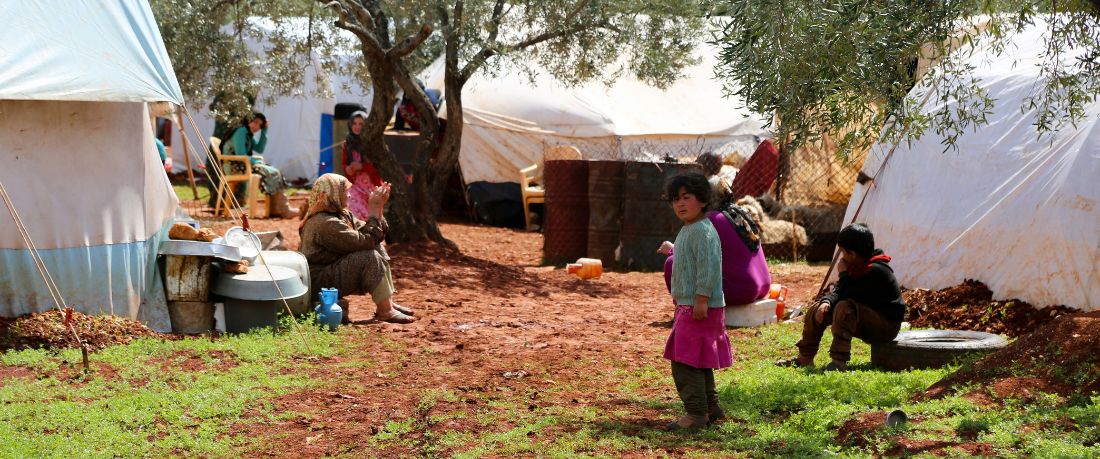The Afghans displaced by conflict and instability have sought refuge in neighbouring Pakistan for several decades. From the late 1970s, following the Soviet invasion, to the recent takeover of Afghanistan by a resurgent Taliban, there have been refugees and displaced people crossing the porous border between the two countries. Exact figures are hard to obtain, but there are estimated to be around three million Afghans currently living in Pakistan. This number includes those who were born in Pakistan.
Like the refugees before them, Afghans who left their country after August 2021 came to Pakistan hoping to build a better life, where they could access fundamental rights such as education for women and healthcare. However, these hopes were frustrated in October 2023, when the Pakistan government announced the “Illegal Foreigners Repatriation Plan” (IFRP).
Over the decades, the Pakistan government has categorised Afghans into three groups based on ad hoc policies: Proof of Registration Card holders (PoR), Afghan Citizen Card Holders (ACC), and undocumented persons. This categorisation has established a hierarchy of access to rights and limited protection from arbitrary arrest and detention, depending on the person’s legal status.
Based on this categorisation, the IFRP outlines three phases of “repatriation” for Afghan nationals. The first phase, which began in November 2023, focused on identifying and deporting undocumented foreigners. This resulted in the repatriation of nearly 500,000 Afghan nationals. The second phase aims to repatriate all ACC holders, and finally, all Afghan PoR holders.
In July 2024, the Pakistani government announced a one-year delay in expulsion concerning PoR card holders only. This has provided some respite to those targeted in the final phase, but the threat of expulsion hanging over their heads. Meanwhile, preparations for expelling ACC card holders continue.
The uncertainty and insecurity faced by various categories of Afghans as a result of these measures is a stark reminder of the fact that despite decades of Afghan presence in Pakistan, there is still no concrete legal framework to address their status.
The Pakistani government relies on the colonial-era Foreigner Act 1946, particularly Section 3, to regulate the movement of all foreigners within the country. Over the decades, this Act has been used to create ad-hoc policies regulating Afghan nationals’ rights to live and work in Pakistan, all the while without establishing a comprehensive legal framework to address their presence. This presents challenges for both the government and Afghan nationals themselves.
A striking example is linked to the number of ACCs issued in 2017. The Pakistani government issued up to 800,000 such ACCs, which only granted the holder the right to stay in Pakistan. These cards do not provide any other rights, such as access to health, education, property ownership or rental, SIM cards, bank accounts, and more. This leaves hundreds of thousands of people in a bureaucratic limbo, where they have the right to remain in Pakistan, but with virtually no legal framework to live a normal life.
Quite apart from the abuse and discrimination this leaves Afghans open to, it also contradicts Article 4 of the Constitution of Pakistan. This provision guarantees the right to individuals to be treated in accordance with the law, applicable to citizens and “every other person for the time being within Pakistan” without distinction. It states that no action detrimental to life, liberty, body, reputation, or property shall be taken except in accordance with the law; no person shall be prevented from or hindered in doing what is not prohibited by law; and no person shall be compelled to do what the law does not require.
Yet, ACCs were issued under the Foreigner Act, 1946, a colonial-era law. The result is that for nearly seven years, ACC cardholders have been deprived of their fundamental rights. To date, no rationale has been provided for the use of this legal provision and the government has persisted in operating within this discriminatory framework.
Further, the logistics of the plan to repatriate Afghan nationals is fraught with complexities.
Afghans who relocated to Pakistan during the Soviet invasion have become deeply woven into the fabric of Pakistani society. This integration raises significant questions about the viability or necessity of repatriating these individuals. No argument has been presented for uprooting them from a place where they have built their lives, and no assessment of the impact this measure is likely to have on their social milieu has been conducted by the government.
The porous nature of the Pakistan-Afghanistan border, riddled with numerous informal crossing points, further complicates the efficacy of the repatriation plan. Even if Afghans are repatriated, the likelihood of them returning through these unregulated pathways is high, rendering the repatriation efforts potentially futile.
Many of these individuals fled Afghanistan to escape violence and persecution. Sending them back to an unstable environment not only risks their safety but could also exacerbate the already fragile situation in Afghanistan. This instability is likely to have a boomerang effect, contributing to further destabilization of the region.
A more nuanced approach, perhaps focusing on better integration and providing support to Afghans within Pakistan, might yield more sustainable and humane outcomes.
By Danyal Khan — Former Program Officer, Pakistan







